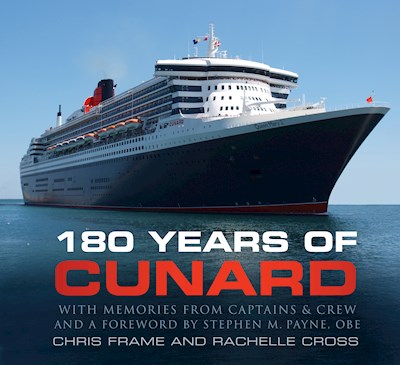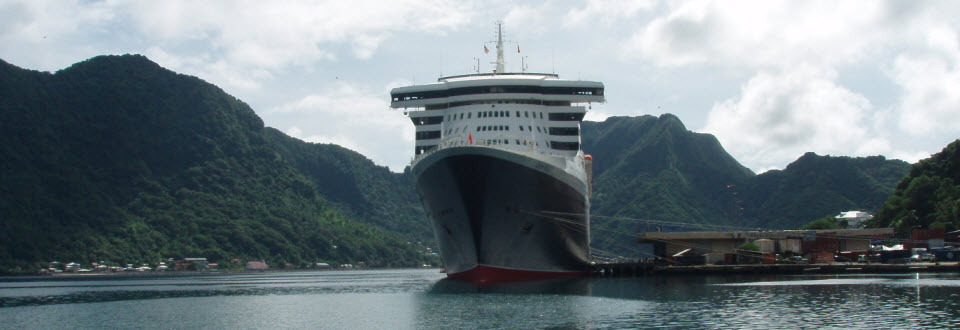The Cunard Queens

Today Cunard is known for its three Queens. Flagship QM2 is the only true transatlantic ocean liner in service, while Queen Victoria and Queen Elizabeth offer a contemporary Cunard cruise experience.
However Cunard’s ships were not always associated with Queens. Prior to 1934, nearly every Cunard ship was named after Ancient Roman provinces, with names mostly ending in ‘IA’. This naming convention helped travellers easily identify Cunard ships in the printed sailing schedules in an era before colour brochures or internet access. In a nutshell, if the ship’s name ended in ‘IA’ and it had a red funnel, chances are it was a Cunard ship.
In the 1930s, financial difficulties due to the Great Depression caused hardship for Cunard. During this time, Cunard was struggling to build a new 80,000 ton ocean liner, leading the line to seek British Government support. This support was granted, on the proviso that Cunard merge with the equally ailing White Star Line.
In 1934 this merger was completed, creating Cunard-White Star Line. That same year the new 80,000 ton ship was named RMS. Queen Mary – named after the Queen Consort of King George V. In 1938 a running mate was named RMS. Queen Elizabeth by HM. Queen Elizabeth, Consort of King George V.
The two Cunard Queens sailed together until the 1960s, and for throughout the late 40s and early 50s were the fastest and most comfortable way to transit the Atlantic. In the late 1960s, they were replaced by a new dual purpose liner – Queen Elizabeth 2 (or QE2 for short). QE2 went on to become the most successful passenger ship or all time, sailing over 5.8 million miles.
After decades of running solo on the Atlantic, QE2 was joined by a transatlantic running mate, Queen Mary 2. During the 2000s Cunard added two large cruise ships to the mix – Queen Victoria and Queen Elizabeth. And today, with the newest Cunarder to be named Queen Anne – the Queen legacy is secure.
These pages tell the stories of the seven Cunard Queens, and their place in history.



